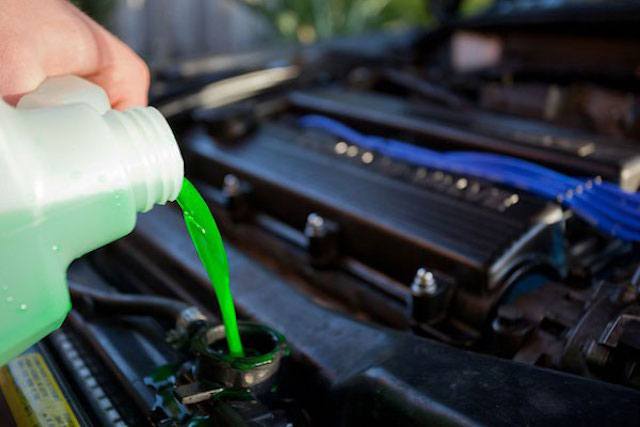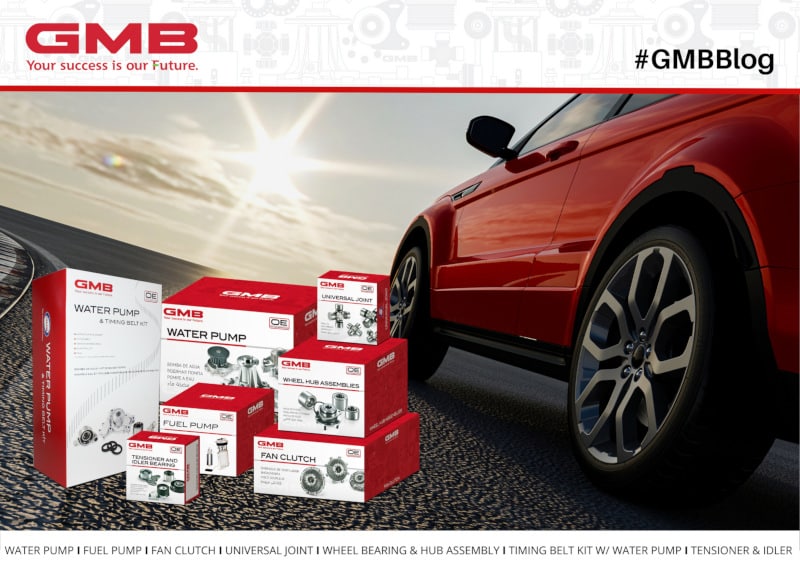The Practical Limits of Coolant Testers
This article was originally published on Counterman.com
An unhealthy cooling system can drastically shorten an engine’s lifespan. That’s why it’s important to test both the coolant and the mechanical components of the cooling system.
The Most Common Ways to Test Coolant

Many people are familiar with the following coolant testing tools:
- Refractometers to measure the antifreeze concentration of the coolant.
- Paper test strips to measure the pH level and other variables.
Why Neither Test Tells The Whole Story
Refractometers and paper test strips are great tools to evaluate the health of the coolant. However, these tools have some drawbacks. For example:
- A refractometer measures the antifreeze concentration by registering the amount of light shining through a sample of coolant. However, it can’t differentiate antifreeze from contaminants. So it can measure coolant that’s cloudy and low on antifreeze but still indicate that the ratio is correct.
- Test strips have become more advanced as coolants have advanced, but they have to be used in a specific manner. For instance, many test strips will require that the coolant be at room temperature, but this isn’t always convenient.
Despite these drawbacks, both of these tools are useful for evaluating the coolant. Coolant that has degraded can no longer provide corrosion protection to the coolant passageways and water pump. When this happens, corrosion can build up at unprotected areas of the cooling system and restrict the flow of coolant. This creates an engine that will overheat easily, among other problems. But the coolant is only part of the picture. To evaluate the cooling system, the mechanical components of the system also need to be inspected.
More Thorough Ways to Inspect the Cooling System
If your customer is concerned about cooling system health, they also need to inspect the mechanical components of the cooling system. Typically, they should check:
- For leaks
- The radiator cap with a pressure test
- To see if the water pump bearing is worn
- The radiator hoses for any cracks or bulges
- The water pump drive belt or serpentine belt
When in doubt, it’s better to flush it out.
Sometimes the coolant just needs a top off. That should be simple, right? But no longer. Not that long ago, there was one kind of anti-freeze, IAT, on the market. There are now several:
IAT – Inorganic Additive Technology (Green) – For older vehicles
OAT – Organic Additive Technology (Orange) – GM, Saab, VW
HOAT – Hybrid OAT (Yellow) – Ford, Chrysler, some European vehicles
HOAT – Hybrid OAT, Phosphate Free (Turquoise) – BMW, Volvo, Tesla, Mini
P-HOAT – Phosphated HOAT (Pink or Blue) – Toyota, Nissan, Honda, Hyundai, Kia, other Asian vehicles
Si-OAT – Silicated OAT (Purple) – Mercedes Benz, Audi, VW, Porche, other European vehicles
This makes topping off a radiator confusing, to say the least. Some of the newer coolants can be mixed, but some can’t. The only safe recommendation is to use what it says in the owner’s manual. If a customer says that the color of their coolant isn’t what it should be, the only safe recommendation is to flush and refill the system.
MORE CONTENT
Stay current!
Sign up here to get the latest news
and updates on all things GMB.
Sign Up To Receive GMB News & Updates!

